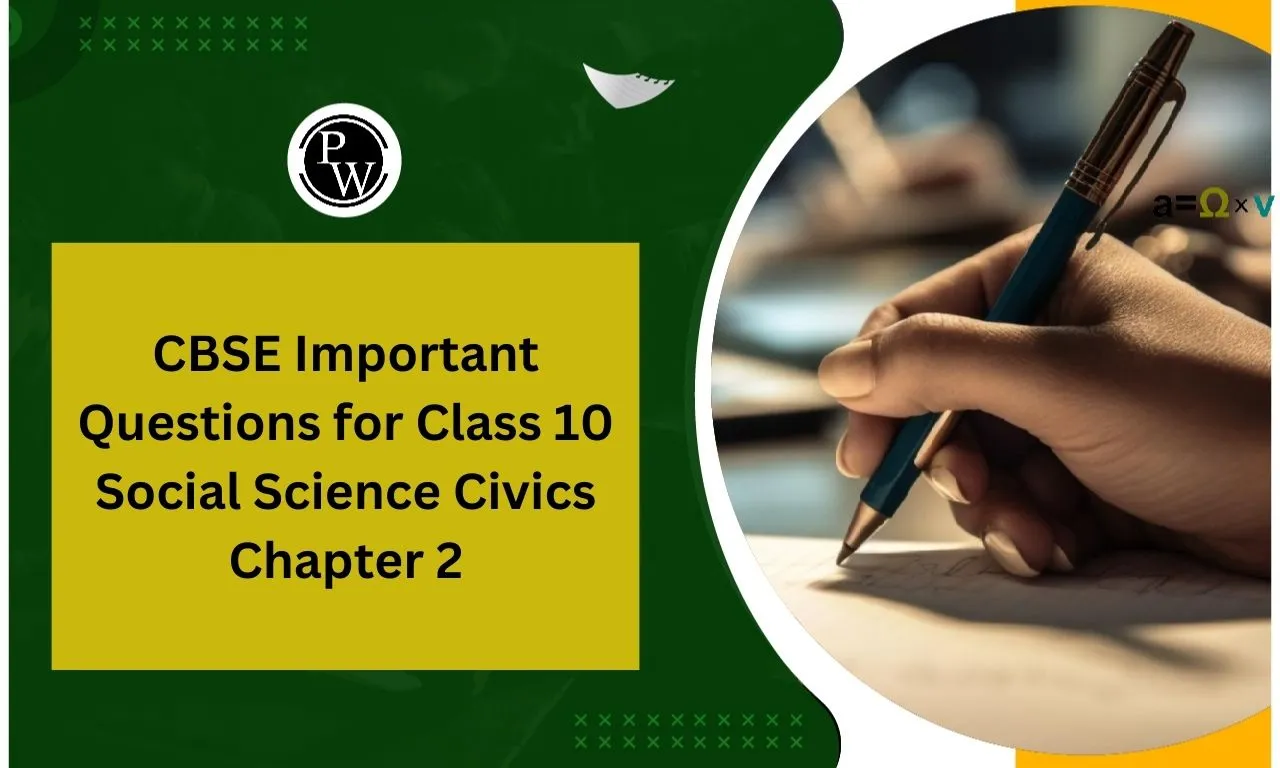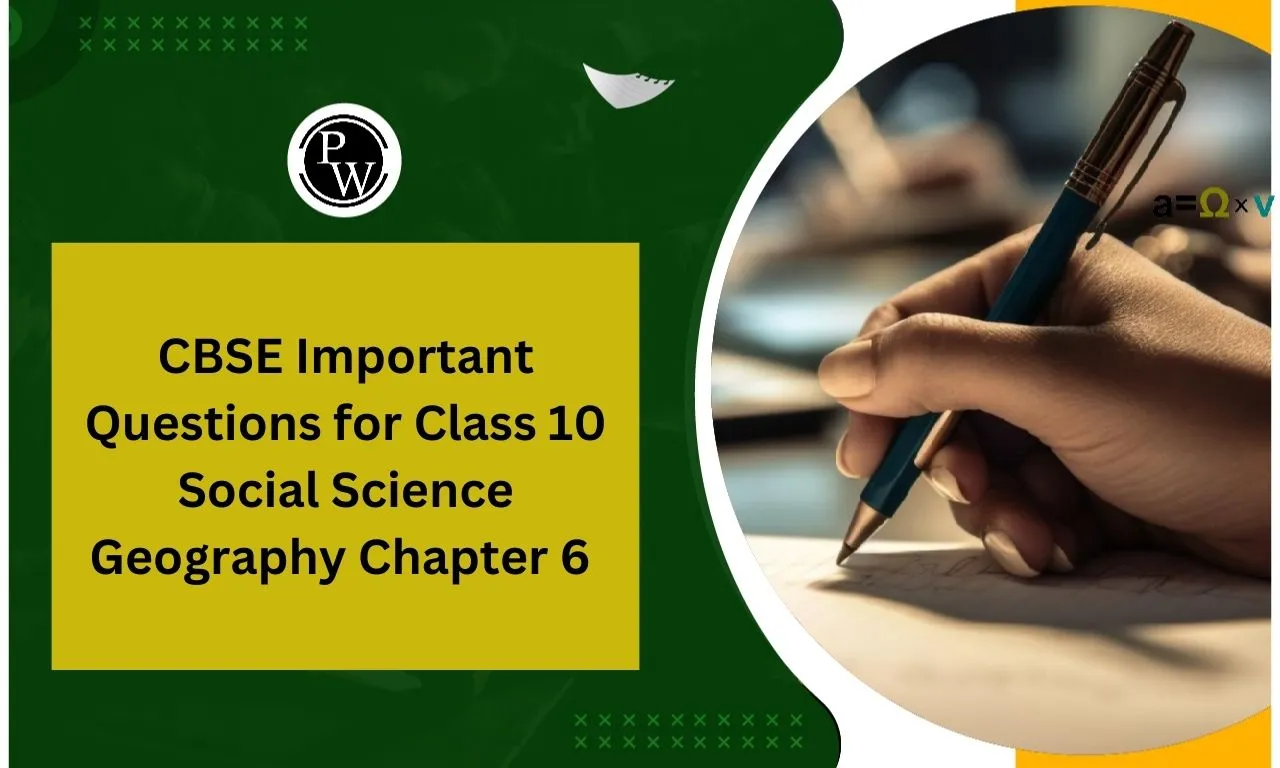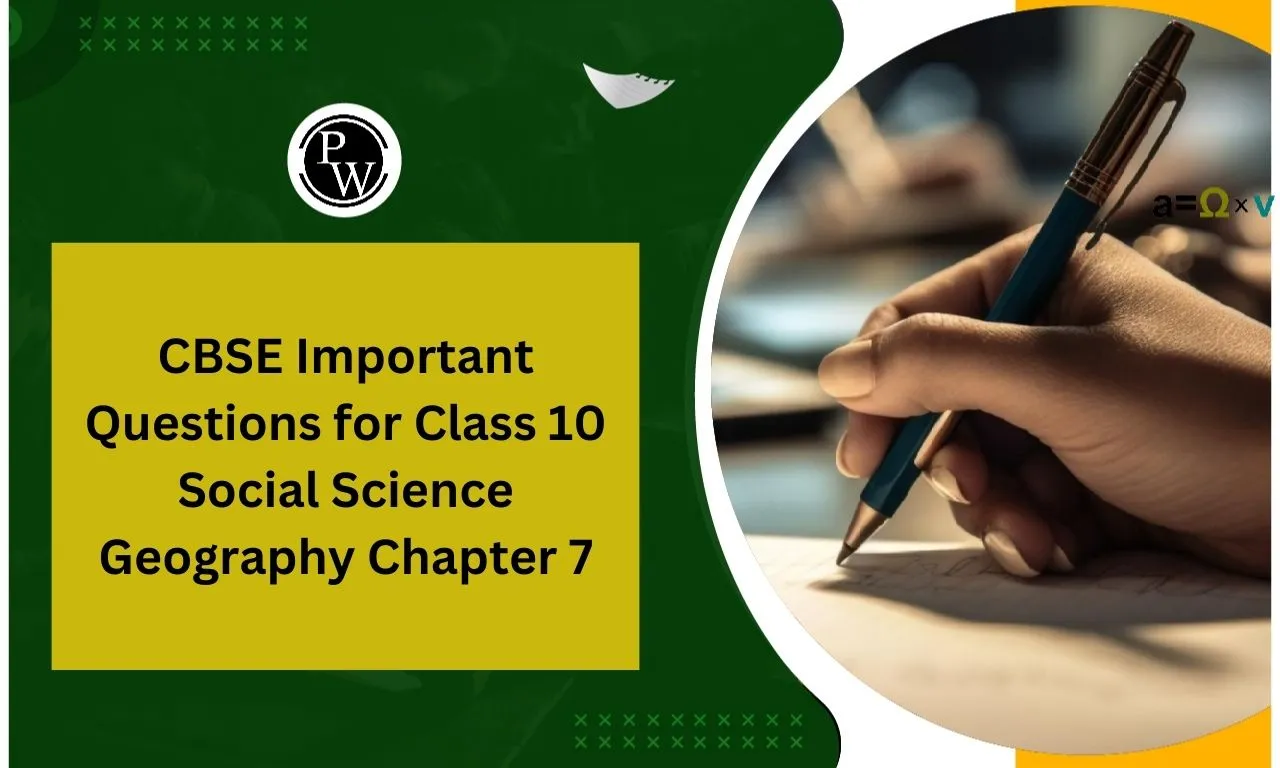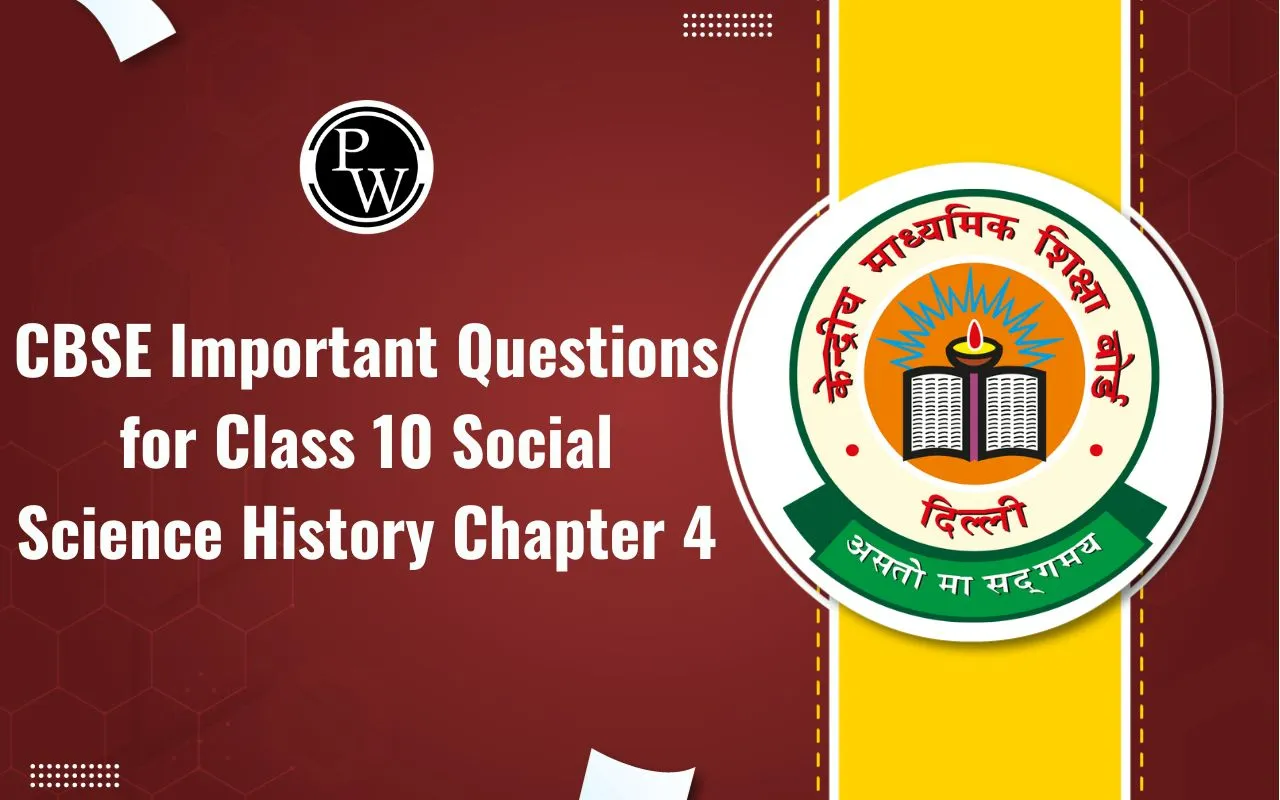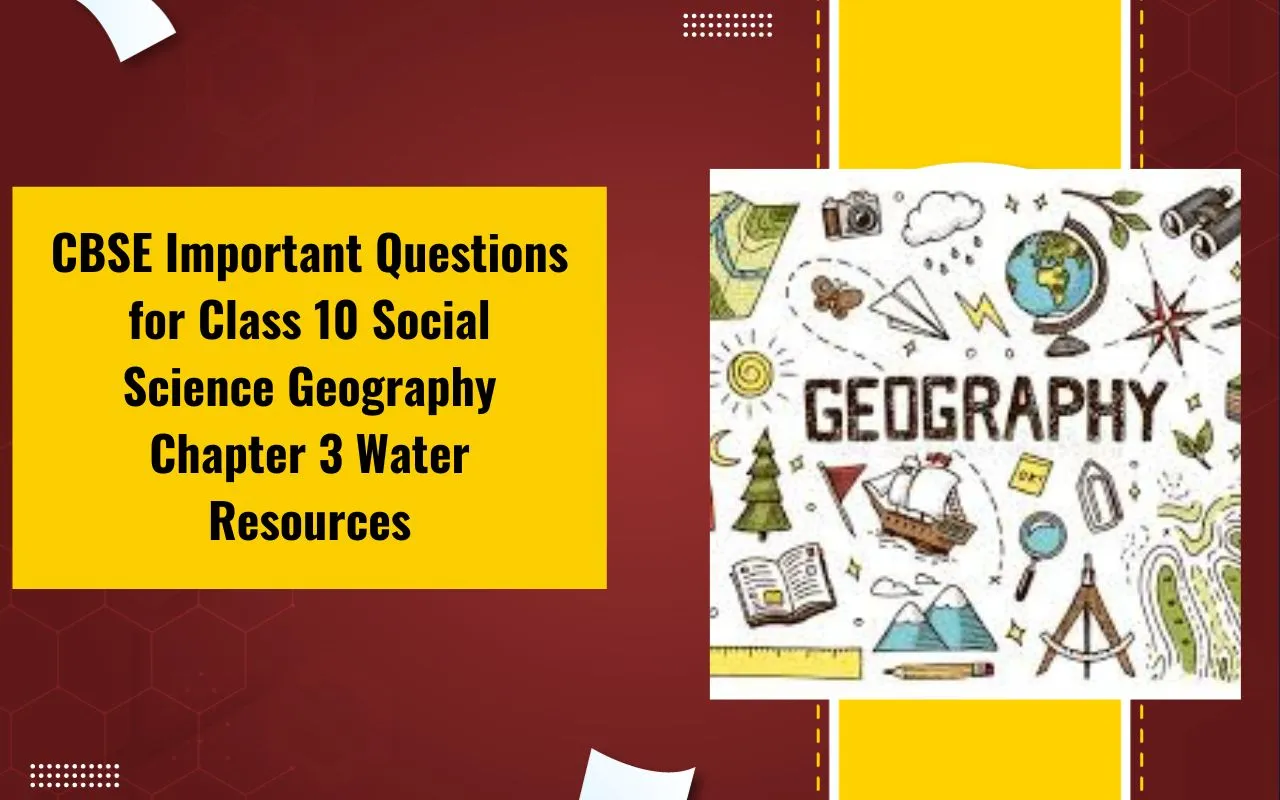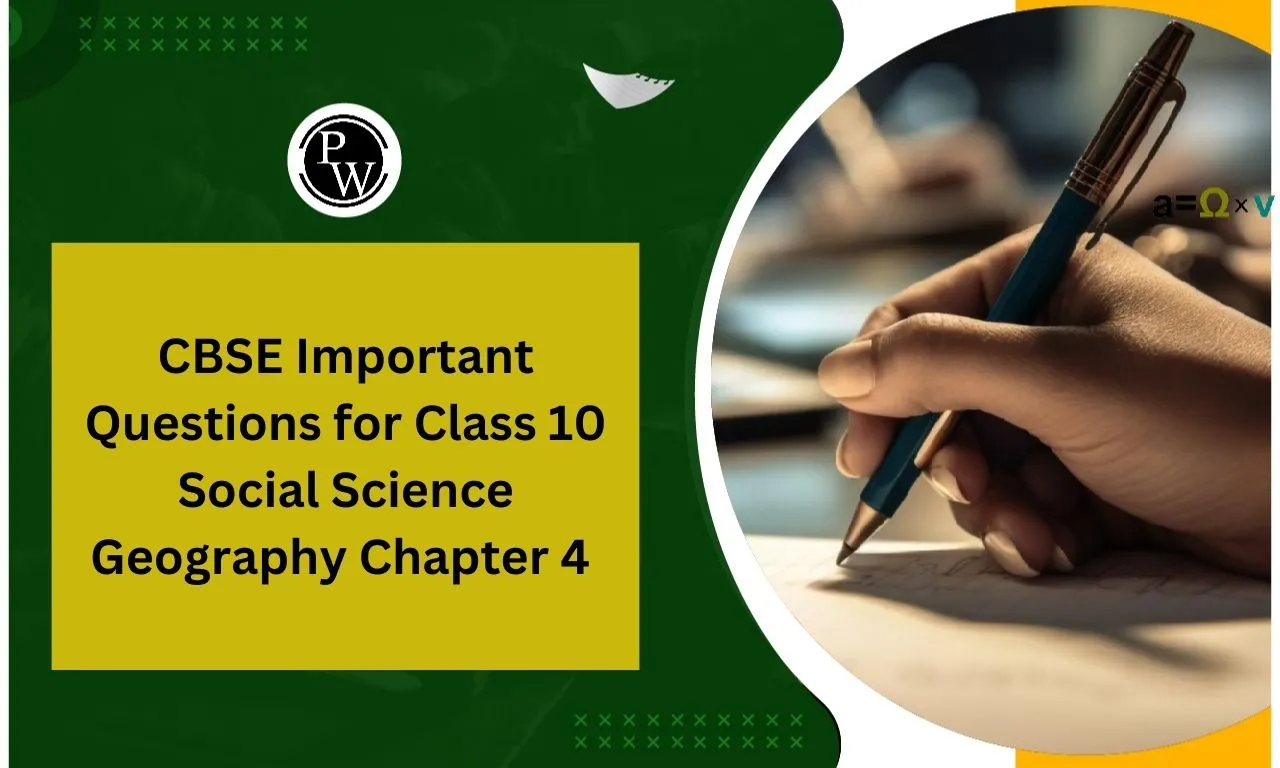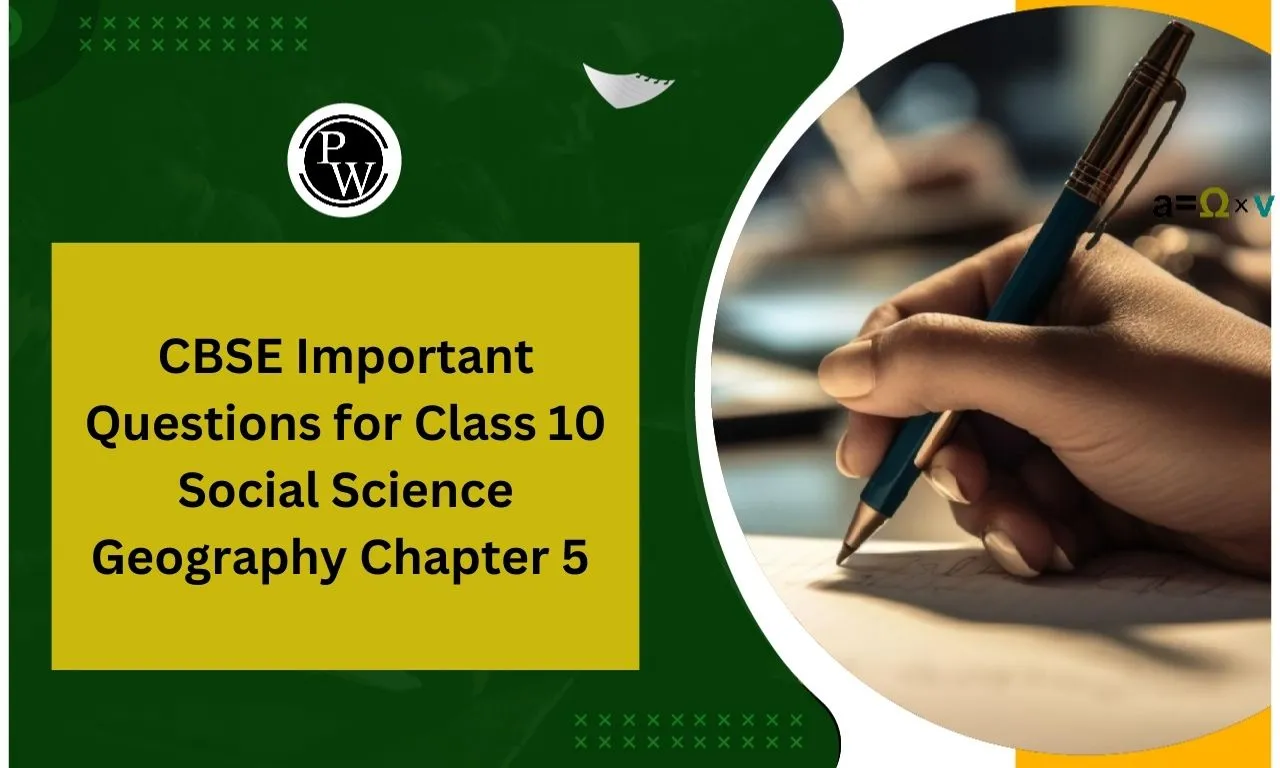
CBSE Important Questions for Class 10 English First Flight Poem Chapter 1: Chapter 1 of Class 10 English First Flight (Poem) includes "Dust of Snow" and "Fire and Ice" by Robert Frost.
These poems explain deep meanings through simple yet powerful imagery. Dust of Snow highlights how a small natural event can change one's mood and bring positivity, while Fire and Ice discusses two destructive human emotions: desire and hatred. Important questions from this chapter focus on themes, symbolism, literary devices, and the poet’s message.
Practicing these questions helps students analyze the poems effectively and prepare well for exams.
CBSE Important Questions for Class 10 English First Flight Poem Chapter 1 Overview
Chapter 1 of Class 10 English First Flight (Poem) includes two poems by Robert Frost:
1. Dust of Snow
This short yet impactful poem highlights the power of nature in changing a person's mood.
The poet describes how a simple event of a crow shaking snow off a hemlock tree improves his gloomy state of mind. The poem conveys that small moments in nature can bring positivity and refresh our spirits. It also symbolizes how negative elements (crow and hemlock) can lead to positive outcomes.
2. Fire and Ice
This poem discusses two extreme emotions: desire (fire) and hatred (ice), which can lead to the destruction of the world. The poet compares these emotions to catastrophic forces that can end humanity. Through this poem, Frost emphasizes how both uncontrolled passion and cold indifference are equally dangerous.
CBSE Important Questions for Class 10 English First Flight Poem Chapter 1 PDF
To help students prepare effectively for their exams, we have compiled chapter-wise important questions for Class 10 English First Flight Poem Chapter 1, which includes Dust of Snow and Fire and Ice by Robert Frost.
These questions focus on key themes, literary devices, and critical analysis, ensuring a thorough understanding of the poems. By practicing these questions, students can improve their answer-writing skills and boost their confidence for the CBSE board exams.
CBSE Important Questions for Class 10 English First Flight Poem Chapter 1 PDF
CBSE Important Questions for Class 10 English First Flight Poem Chapter 1 Dust of Snow and Fire and Ice
Here are the important questions from Chapter 1 of First Flight (Poem):
Dust of Snow – Important Questions
1. Read the extract given below and answer the questions that follow:
The way a crow
Shook down on me
The dust of snow
From a hemlock tree
Has given my heart
A change of mood
And saved some part
Of a day I had rued.
(i) Of the many symbols the hemlock tree represents, choose the one that Frost drew upon in all likelihood, for this poem. Symbol of
(A) longevity.
(B) togetherness.
(C) healing.
(D) protection.
(ii) Choose the option that lists the possible feelings of the poet prior to the experience shared in the poem.
a. reassured
b. disappointed
c. curious
d. demotivated
e. thankful
f. disheartened
g. impulsive
(A) 1, 3 &7
(B) 2, 4 & 6
(C) 5 & 7
(D) 1 & 3
(iii) Identify the option that DOES NOT use the word ‘rue’ correctly.
(A) The film was a disaster and he rued his decision to act in it.
(B) I am sure she rued the day, she listened to a fortune-teller.
(C) It wasn’t long before I rued my disobedience and my deceit.
(D) Others finally rue the one who is dishonest and heartless.
(iv) Synecdoche is a poetic device that uses a part to represent the whole. E.g. That’s a great set of wheels! (Set of wheels has been used for car.) Pick an example of synecdoche from the poem.
(A) Has given my heart / A change of mood
(B) The way a crow/ Shook down on me
(C) The dust of snow / From a hemlock tree
(D) And saved some part / Of a day I had rued
(v) Choose the option showing the reason NOT corresponding with “… a crow / Shook down on me / The dust of snow”.
(A) The crow’s landing on the branch of the tree.
(B) The shivering of the crow, due to the cold.
(C) The readjustment of position of the crow on the branch.
(D) The cawing of the crow hidden in the foliage.
Answer:
(i) (C)
(ii) (B)
(iii) (D)
(iv) (A)
(v) (D)
2. Answer the following questions:
(a) Rationalise what you think the poet was probably doing when the dust of snow fell on him?
(b) What does the presence of a hemlock tree tell you about the setting of the poem?
(c) The dusting of snow on account of the crow helped make the poet’s day better. How do you think the crow’s droppings might have impacted the poet?
Ans.
(a) The poet was likely outdoors, possibly reflecting on his thoughts, feeling gloomy. The dust of snow from the tree broke his mood, creating a refreshing shift in perspective.
(b) The hemlock tree, associated with solitude and bitterness, suggests a cold, bleak setting that mirrors the poet’s initial sorrowful mood, contrasting with the uplifting effect of the snow.
(c) Had it been the crow’s droppings instead, it might have worsened the poet’s mood rather than uplifting it, adding annoyance rather than a refreshing sense of peace and change.
3. Answer the following questions:
(a) ‘Dust of Snow’ is one of Frost’s most loved poems. Elaborate why you think this is so.
(b) The poem evokes a sense of black and white. Justify.
(c) The crow and hemlock are usually used as negative references in literature. How is this different in this poem?
Ans.
(a) "Dust of Snow" is cherished for its simplicity and profound message. The poem captures a transformative moment where nature subtly lifts the poet’s spirit, showing that even small, unexpected events can change one’s outlook. Its universal theme of finding beauty and hope in unlikely moments resonates deeply with readers.
(b) The poem evokes black and white imagery through the stark contrasts of the crow (associated with darkness) and the snow (symbolising purity). This contrast reflects the shift in the poet’s mood from despair to hope, symbolising a positive change brought about by something seemingly ordinary and dark.
(c) In Dust of Snow, the crow and hemlock tree, typically seen as symbols of sorrow, bring positivity to the poet. This reversal of traditional symbols suggests that even dark or unpleasant elements in life can offer moments of beauty and inspire optimism, challenging conventional meanings.
4. (a) As a crow you feel highly injured by the incorrect perception humans have about your species. Imagine yourself to be a crow and write your opinion about this prejudice. Make a case for breaking stereotypes.
(b) Imagine that Frost is of present day and has been invited to write for an ezine - “Teen Talk”. He chooses to draw upon his experience with the crow and the dusting of snow to share his thoughts on ‘Every cloud has a silver lining’. As Frost, express your thoughts for the ezine.
Ans.
(a) I, a crow, feel unfairly labelled as a harbinger of bad luck, a creature associated with darkness.
People misjudge my presence, yet I’m part of nature’s balance, cleaning up waste, and adding my unique voice to the environment. Just because I’m not colourful or songful doesn’t make me less valuable.
If people could see beyond my black feathers, they’d realise my contribution to the ecosystem. It’s time to break the stereotype and appreciate every creature for its role, not just its appearance.
I’m a reminder that everyone, even those who seem ‘dark’ or ‘unpleasant,’ has worth. Let's broaden our perspectives beyond stereotypes and appreciate diversity for".
(b) "In life, we often face moments that seem overwhelmingly bleak. I remember standing under a hemlock tree one winter, feeling weighed down by my thoughts, when a crow shook snow from the branches above.
In that unexpected instant, a change swept over me; my gloom gave way to something light and hopeful. That dusting of snow, simple and pure, reminded me of the saying:
‘Every cloud has a silver lining.’ Life’s grey clouds, though heavy, often carry small moments of beauty that we don’t anticipate. I encourage you to remain open to these small wonders, as they can shift your mood, just as nature shifted mine. Sometimes, it’s the ordinary that lights the way forward."
Fire and Ice – Important Questions
1. Some say the world will end in fire,
Some say in ice.
From what I’ve tasted of desire
I hold with those who favor fire.
But if it had to perish twice,
I think I know enough of hate
To say that for destruction ice
Is also great
And would suffice.
(i) Choose the CORRECT statement about the given poem.
(A) Fire and ice are images—they help the readers visualize the power of nature over man.
(B) Fire and ice are symbols—not of natural disasters, but of humanity’s ability to create disasters of its own.
(C) Fire and ice are elements—not of Nature but man-made and possess the ability to create havoc for mankind.
(D) Fire and ice are agents—they change the thinking of mankind from negative to positive and bring harmony.
(ii) Select the option that correctly classifies the connotations for fire and ice, as suggested in the poem.
(1) rage
(2) violence
(3) indifference
(4) hate
(5) greed
(A) Fire- 3,4; Ice- 1,2,5
(B) Fire- 2,5; Ice- 1,3,4
(C) Fire- 1,3,5; Ice- 2,4
(D) Fire- 1,2,4; Ice- 3,5
(iii) The poem is a _________, put across by the poet.
(A) powerful warning
(B) heart-felt apology
(C) earnest appeal
(D) vengeful threat
(iv) The poet uses the phrasal verb hold with. Choose the option that does not indicate a valid phrasal verb.
(A) option 1
(B) option 2
(C) option 3
(D) option 4
(v) Pick the option that is NOT TRUE about the poet according to the extract. The poet
(A) is inclined to believe that the world would most likely end with fire.
(B) has heard divided opinions about the way the world would end in all likelihood.
(C) preaches love and kindness to combat the spread of hate among all.
(D) declares the power of ice to be as destructive as that of fire.
(vi) Extra Q: Identify the most likely tone of the poet in the lines— ‘To say that for destruction ice / Is also great’.
(A) sarcastic
(B) serious
(C) amused
(D) celebratory
Answer:
(i) (B)
(ii) (D)
(iii) (A)
(iv) (D)
(v) C
(vi) (B)
2. (a) "Fire and Ice" was first published in 1920. Briefly explain how the WW I might have influenced the theme of the poem.
(b) Create a tag line / slogan / catchphrase for the poem.
Ans. (a) WW I's devastation could have influenced Frost’s depiction of “fire” as destructive passion and “ice” as cold hatred, reflecting how human emotions drive conflict and destruction.
3. (a) The tone of the speaker contrasts with the seriousness of the subject matter. Justify.
(b) Fire and Ice projects a pessimistic outlook. Comment.
(c) Evaluate the line- Some say the world will end in fire/Some say in ice- in the context of volcanic eruptions, forest fires, meteor collisions, melting ice caps etc.
Ans. (a) The speaker’s conversational tone belies the grim themes of destruction, conveying the poem's message with a casual simplicity. This contrast underscores the inevitability of humandriven doom, making the message impactful by presenting it as a calm observation rather than a fearful warning.
(b) The poem’s view is pessimistic as it emphasizes humanity’s destructive tendencies, suggesting that intense emotions like desire ("fire") and hatred ("ice") can bring about the world's end. This fatalistic view reveals Frost's belief in humanity's potential for selfdestruction.
(c) The line reflects real-world threats such as volcanic eruptions and forest fires (fire) and melting ice caps and meteor collisions (ice), highlighting how both fiery and icy forces—natural or humaninduced—could lead to catastrophic ends, showing Frost’s message applies to both emotional and physical destruction.
4. (Imagine that Nelson Mandela read ‘Fire and Ice’. As Mandela, write a diary entry associating the impact of the troubled history of South Africa with the idea expressed in the poem. You may begin like this: 10 May 1994, Tuesday 10 p.m. Today, when I am the President of South Africa, I can’t help recalling Robert Frost’s ‘Fire and Ice’………………...(continue)……… ………….
(b) Most of your classmates, like Frost, feel that man’s greed and rage or hate, would lead the world to its destruction. You feel that the ‘fire and ice’ in Mankind can be addressed to create a harmonious world. Write a speech, for your classmates, expressing your belief/s with respect to the poem.
Ans. (a) 10 May 1994, Tuesday 10 p.m. Today, when I am the President of South Africa, I can’t help recalling Robert Frost’s "Fire and Ice." It speaks to the very turmoil we have faced in our land—fire symbolizing the unyielding passion and anger of our struggle for freedom, and ice representing the cold hatred and fear that apartheid sowed among our people.
Both fire and ice brought suffering, yet they shaped our journey to liberation. Now, as we embark on a new era, we must be cautious not to let these forces consume us again. Let us nurture warmth and compassion instead, to build a future free from destruction.
(b) Good morning, everyone.
We’ve all read Robert Frost’s “Fire and Ice,” and while it’s easy to agree that unchecked human emotions like greed and hatred could indeed destroy us, I believe there’s a different path. The “fire” of passion can drive positive change if channeled constructively, just as the “ice” of rational thinking can prevent us from acting impulsively.
Together, fire and ice represent a balance we must strike to foster harmony. If we address these forces with understanding and empathy, we can prevent the chaos Frost warns of. Let’s take his caution not as an endpoint but as motivation to build a world where our passion fuels growth, not destruction. Thank you.
Benefits of Solving CBSE Important Questions for Class 10 English First Flight Poem Chapter 1
Better Understanding of Themes – Solving important questions helps students grasp the key themes of the poems Dust of Snow and Fire and Ice, such as optimism, transformation, destruction, and human emotions.
Improved Answer Writing Skills – Practicing these questions enhances a student’s ability to frame well-structured and analytical answers in the board exams.
Enhanced Vocabulary and Literary Devices Knowledge – Important questions focus on poetic devices like symbolism, imagery, and synecdoche, helping students develop a deeper appreciation of literature.
Effective Exam Preparation – Since these questions cover essential aspects of the poems, they prepare students to answer different types of questions confidently in the exams.
Boosts Critical Thinking – Answering in-depth questions encourages students to analyze the poet’s intent, infer meanings, and interpret the poem beyond its literal words.
Time Management Skills – Regular practice of these questions improves speed and accuracy, helping students manage time efficiently during the actual exam.
Better Retention and Recall – Repeatedly solving these questions strengthens memory and ensures that students retain key points for a longer duration.
CBSE Important Questions for Class 10 English First Flight Poem Chapter 1 FAQs
Why should I solve CBSE important questions for Class 10 English First Flight Poem Chapter 1?
Do these important questions cover all aspects of the poem?
How do important questions help in board exam preparation?
Can solving these questions improve my vocabulary?

